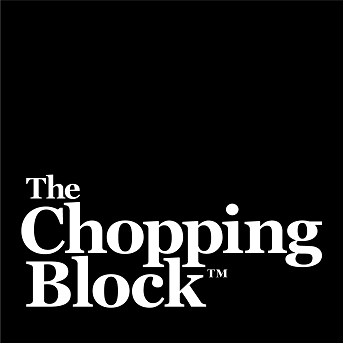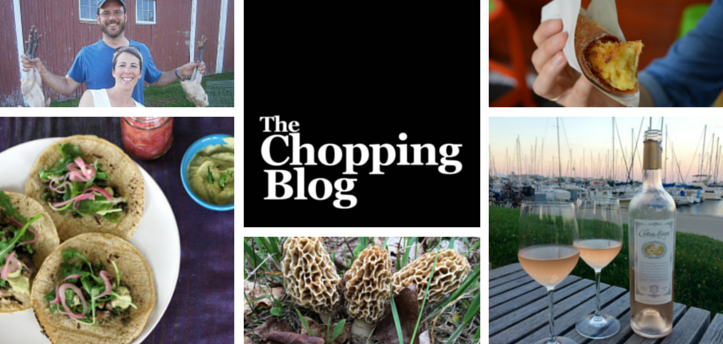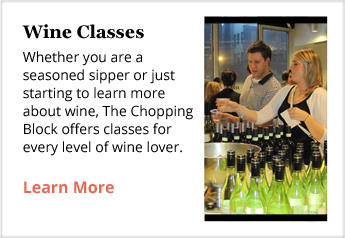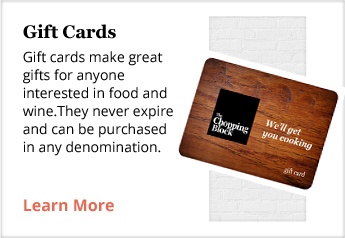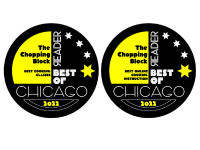I was tasting out a bottle of Chianti before a pasta class when a guest asked me to explain the difference between Chianti and Chianti Classico. It was a deer in headlights moment for me, as I didn't really know the answer. One of our chefs chimed in, saying Chianti was allowed to be blended with other grapes while Chianti Classico was made only with 100% Sangiovese grapes. It sounded right, the guest was satisfied, and I took the statement at face value, even going so far as to parrot it back to other customers later. Unfortunately, it's not true.
To be fair, as a generalization, it tends to be accurate, a lot of Chianti Classico is made with 100% Sangiovese, but according to the DOCG rules, they must use a minimum of 80% Sangiovese and there are 49 other grapes allowed to be used in the remaining 20%, which seems excessive when compared to other old world appellations.
The other primary difference between Chianti Classico and Chanti comes down to terrior. The original Chianti region was carved out of Tuscany in 1716, making it one of the oldest recognized wine appellations in the world, though Chianti was being made there long before that. The gallo nero (black rooster) emblem used by Chianti Classico producers dates back nearly 700 years.
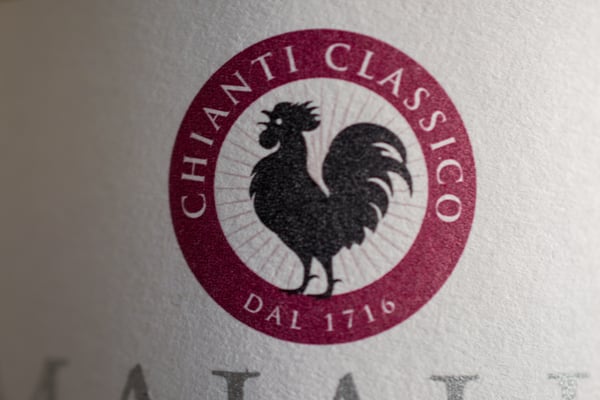
In 1924, a governing body, the Commissione Dalmasso, was formed to help regulate Chianti and protect its identity against counterfeit wines. In a controversial move, one of their first major actions was to expand the Chianti region to include several subzones. Producers in the Classico region were critical, pointing to differences in terroir between the original region and the expanded region, fearing that the lack of consistency and quality would damage their reputation.
To make matters worse, the Dalmasso commission required 50 to 80% of the blend to be Sangiovese, making it illegal to brand 100% Sangiovese wine as Chianti. Further, the yields permitted by the commission were excessive, at 4.5 tons per acre with no limit on how much an individual vine could produce. The general rule of thumb for fine wine is that smaller yields produce better grapes, to put 4.5 tons of grapes per acre into perspective, Bordeaux's AOC permits something like 3.1 tons per acre for the most basic wine that can be labeled Bordeaux.
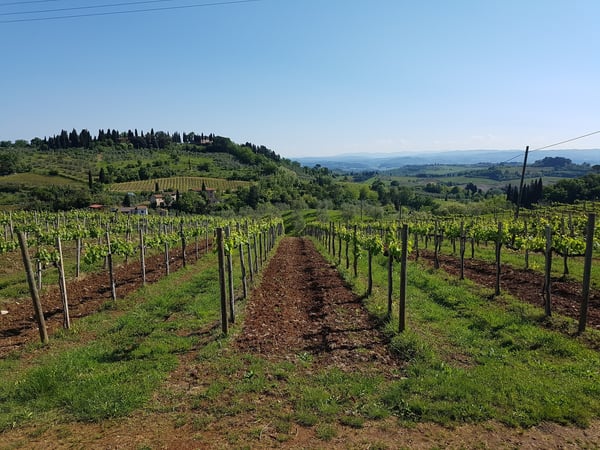
As a result of these new regulations from the Dalmasso commission, quality conscious producers were presented with a problem. In order to be recognized by the DOC, they had to sacrifice quality and forego innovations in wine making. So, they did something unthinkable, they opted out of the DOC and allowed their wine to be labeled vin da tavola, or table wine, a title generally reserved for the lowest quality wines. Some of the wines produced from this break with the DOC are what came to be known as Supertuscans. Their quality was quickly recognized, effectively turning the tables (or table wines) on the Dalmasso commission. What was the point of labeling wines with a DOC if table wines were being produced at higher quality? The message was eventually received and in 1996 Chianti Classico was awarded DOCG status, with guidelines devised to protect its identity and quality.
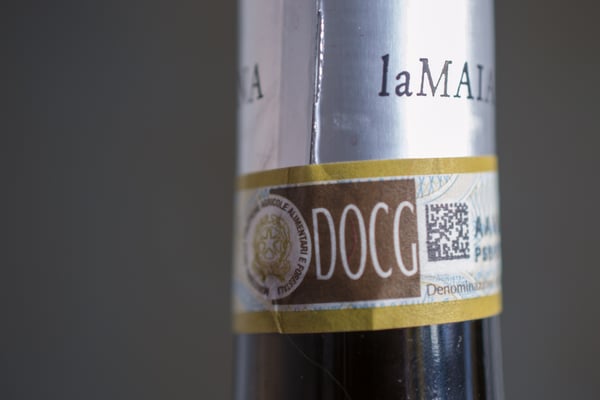
There are two important takeaways from this:
- If I heard someone say that Chianti was a blend and Chianti Classico was 100% Sangiovese, I probably wouldn't correct them. While that statement isn't accurate, I think it works as a rule of thumb. Wine is as complex as you want it to be, I'm the kind of person who wants to know the names of those other 49 grapes allowed in Chianti Classico (I couldn't find a list, if anyone has it, let me know), but not everyone cares. Sometimes it's better just to let it be simple. No one coming into the store wants to be cornered for a 30 minute conversation about Tuscan grape yields during the 1960's.
- Just because there's a DOC or DOCG or AOC or DO or whatever label on a bottle of wine, doesn't mean that it's better than the bottle sitting next to it. It just means the producer went through the effort of adhering to the rules of that governing body.The climate is changing, and those rules are going to have to change with it, otherwise we'll be watching this same scenario play out over and over. At the end of the day, it's all marketing, buy what you want and just try to enjoy it.
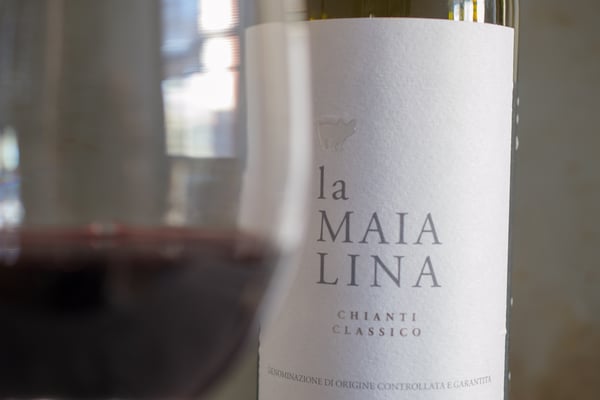
To learn what types of wine you enjoy, join us for an upcoming wine class at The Chopping Block. From the vineyards of France to sensual food and wine pairings for Valentine's Day, we offer wine education for every palate!
